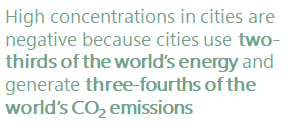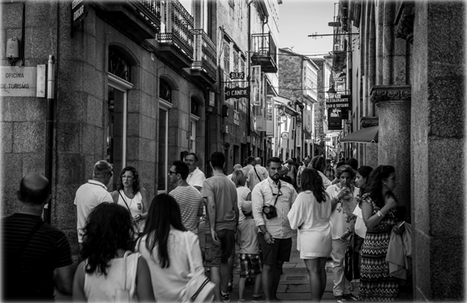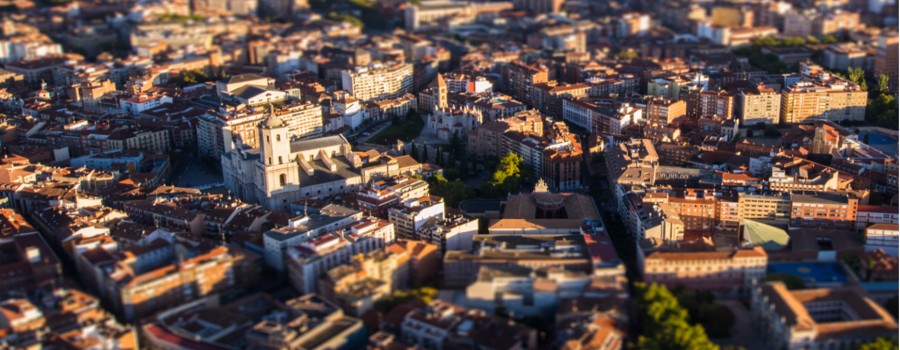According to the United Nations, in 2014 more than half of the world’s population was living in urban areas and two third of the world’s population will be living in an urban area by 2050 being Europe the most urbanized continent (URBACT, 2015). The forecast for 2050 in this case is that the percentage will increase up to 75% (Eurostat, 2016). Besides, urban areas are engines of regional and national growth as they generate 53% of gross national product (GNP) in low-income countries, 73% in middle-income countries, and 85% in high-income countries (World Bank, 1999).

Although the concentration in cities usually supposes an increase of density and less consumption of resources, cities use two-thirds of the world’s energy and generate three-fourths of the world’s CO2 emissions (Smart Cities Council, 2013). In addition, urban areas have important drawbacks, those being waste production, carbon emissions, pollution, lack of preservation of heritage and environment, traffic congestion, etc.
The traditional urbanism has not been able to give response to the current situation and problems that have arisen in recent years in cities, due to its complexity, diversity and uncertainty. Therefore, new planning instruments are needed, such as Strategic Planning, as an attempt to address the complexity and socio-economic diversity of our cities from a multidisciplinary perspective.
According to the definition of professor Fernández Güell, Strategic Urban Planning is “… a systematic, creative and participatory process that stablishes the bases of an integrated long-term vision, which defines the future development model, which formulates strategies and actions to achieve this model, which enables a continuous decision-making system that involves local agents throughout the entire process”.
To sum up, it is a deep study of the cities, in order to understand their current state, where are we?, understanding the past so as to help us to understand the present: where do we come from?, and, finally, to define a city model or future vision in accordance with political and citizen aspirations: where do we want to go?
Why is a city strategy necessary nowadays?

It is necessary as a way to achieve the sustainable urban development, understood from the three points of view: environmental, socioeconomic and institutional, as a global and systemic approach. This is considered as the starting point for the definition of the baseline situation of the city as well as the future vision. The current city model, as well as the way of life of its citizens need to be reconsidered, and cities need to find a way to regenerate themselves, with the aim of ensuring sustainability in the medium-long term, as well as being able to meet the challenges mandated by the European Commission by 2020 or by 2030 (40% reduction of greenhouse gas emissions (in relation to 1990 levels), 27% share of renewable energy, and 27% energy efficiency improvement).
Therefore, Strategic Urban Planning has become the best instrument to tackle the challenges that cities are currently facing.
What does CARTIF do in this regard?
From CARTIF within smart city projects, we collaborate with European cities that want to reformulate their city model into a model leveraging the convergence of energy, mobility and ICT to transform European cities into Smart Cities, through the development of an integrated strategy.
As for example within MAtchUP project, we are working in the development of an integrated strategy with the cities of Valencia, Dresden and Antalya, or in MySMARTLife project with Hamburg, Helsinki and Nantes.
Aiming a wider approach, we are currently working with municipalities such as Laguna de Duero (Valladolid, Spain) for the definition of its Strategic Plan 2017-2022, which will serve as guidance for municipal interventions and policies in the coming years.
- Land use planning key in the ecological transition - 6 May 2022
- Strategic urban planning - 14 February 2018
